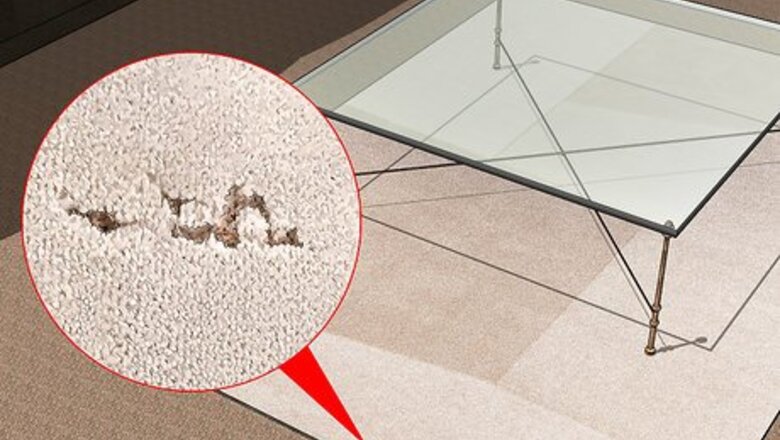
views
Cleaning Thoroughly
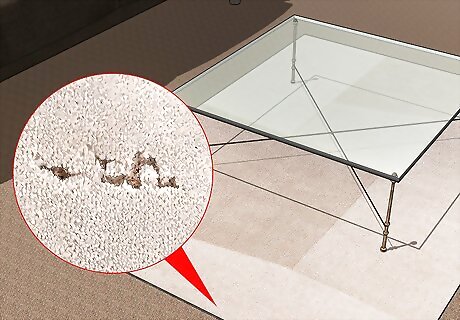
Identify the source of the infestation. Both adult carpet beetles and larvae can infest your home, but the larvae do the most damage by eating organic materials like wool, leather, and silk. To know where to focus the brunt of your cleaning, first look for the primary source of the infestation, which will be the area with the most signs of damage and beetles. Check dark, secluded areas like basements and under carpets and rugs for signs such as: Brown, bristly, shell-like shed skins from the larvae Brown fecal pellets, about the size of a grain of salt Adult beetles, which are oval-shaped, can come in a range of colors and are just larger than the head of a pin. They can fly and typically live outside, but will lay eggs indoors in dark, secluded areas. Larvae, which are slightly longer than adults, often with tufts of hair, although some varieties can be shiny and smooth. They can be brown, red, white, or striped.
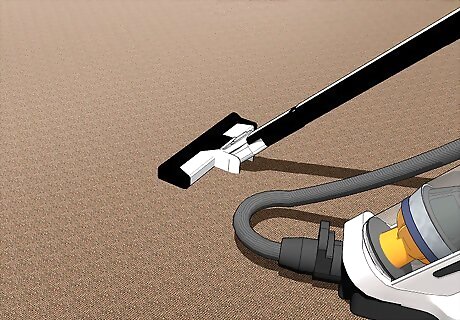
Vacuum your whole home to get rid of larvae and beetles. A thorough vacuuming is the best and quickest way to remove carpet beetles and larvae from your carpeting. Focus on the source and the most infested areas, but vacuum your whole home to make sure you remove all beetles. Throw away the bag right away after you finish vacuuming. Continue vacuuming your home at least once a day for a week. Depending on how bad the infestation is, you may need to vacuum multiple times a day for the first few days. Vacuum any upholstered furniture or fabric-covered areas that can’t be put in the washing machine. Check the labels on your rugs to see how they should be cleaned, and hire a steam cleaner if necessary. EXPERT TIP Kevin Carrillo Kevin Carrillo MMPC, Pest Control Specialist Kevin Carrillo is a Pest Control Specialist and the Senior Project Manager for MMPC, a pest control service and certified Minority-owned Business Enterprise (MBE) based in the New York City area. MMPC is certified by the industry’s leading codes and practices, including the National Pest Management Association (NPMA), QualityPro, GreenPro, and The New York Pest Management Association (NYPMA). MMPC's work has been featured in CNN, NPR, and ABC News. Kevin Carrillo Kevin Carrillo MMPC, Pest Control Specialist Steam clean the carpets or have them cleaned professionally. After the infestation is gone, make sure you continue to vacuum and clean the carpets regularly using the crevice tool and getting into the low-traffic and dusty areas of the house.

Throw away infested cloth or clothing. If some pieces of clothing or fabric have been badly eaten away, toss them into an outdoor trash can. Keeping infested garments makes it more difficult to stop the infestation. Toss out the clothing even if you don’t see any carpet beetles or larvae left on the material.
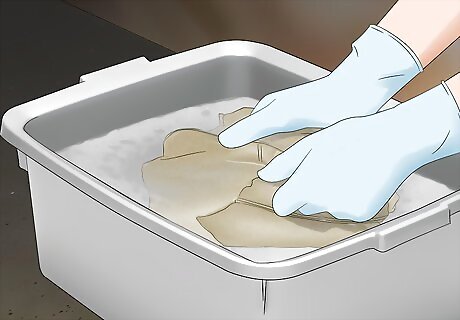
Wash all your clothes, even if they don’t seem affected. Put all your clothing, towels, blankets, linens, and other fabrics in the washing machine and wash them on a hot cycle with detergent. Carpet beetles, larvae, and eggs are very resilient, and hot, soapy water is the best way to kill them. Dry clean any clothing items that can’t be washed.
Using Special Treatments
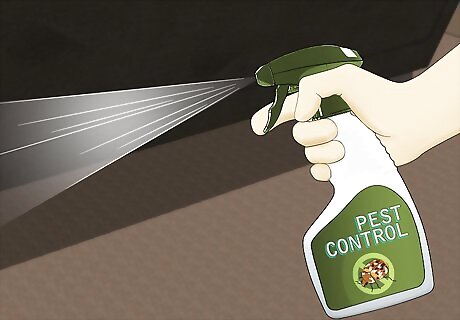
Spray insecticide on areas that you can’t clean or wash. Look for an insecticide product that lists carpet beetles on its label. Follow it’s directions carefully to apply it to any fabrics that you can’t clean another way. Avoid spraying it all over the house—insecticide should be used as a spot treatment only. Limit your sprays to the places that collect lint, like under or around the edges of carpets or rugs, closet walls, shelving where fabrics are stored, and cracks and crevices. Don’t spray clothing or bedding. Remember to wear gloves and protective clothing when applying insecticide. Leave the area while the insecticide disperses in the air and wash your hands afterwards.
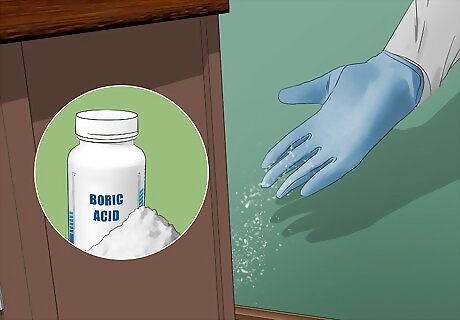
Dust boric acid on areas that are harder to reach. If you’re having trouble getting into some infested areas, such as attics or wall voids, sprinkle them evenly with boric acid. You can also make boric acid into a spray by mixing 1 tablespoon (4.2 g) of boric acid with 2 cups (473 mL) of hot water. Stir it until the powder dissolves, then use a plastic spray bottle to mist it over hard-to-reach crevices. Boric acid has a bleaching effect, so avoid using it on dark materials.
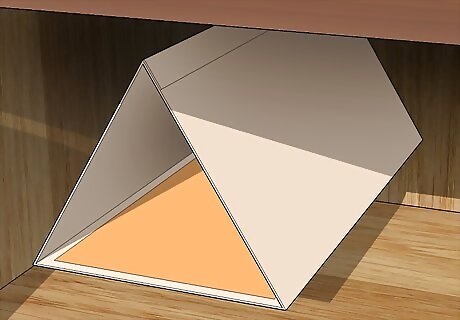
Use hormone-based glue traps for the most stubborn infestations. If your infestation is serious, place sticky traps throughout your home to attract and catch beetles and prevent further problems. Put traps around entry points like windows, doors, or crevices and in confined areas where the beetles are particularly bad. Hormone- or pheromone-based traps are specific to the kind of carpet beetle species you have. You can also use sticky traps without a hormone to catch beetles, particularly ones flying through the windows. Check the traps 1-2 times a week. You can buy traps from pest control or pesticide supply stores, or online.
Preventing an Infestation
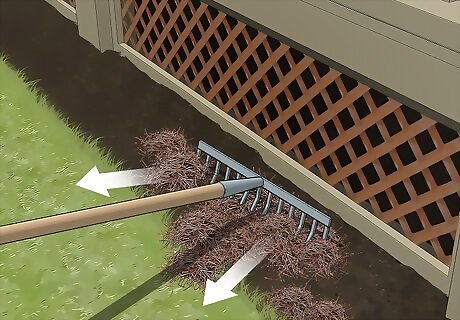
Look for and remove any outdoor sources or nests. To make sure no carpet beetles can return, check your screens and doors for holes and keep them closed as much as you can. Look outside and throw away old spider webs and nests from birds, rodents, or bees, which carpet beetles can hide in. You should also examine any flowers or plants that you bring inside for signs of carpet beetles or larvae. If you see any, leave the plant outside. For a particularly stubborn or recurring infestation, you can spray liquid insecticide around the lower outside portion of your home and near entry points. Insecticide can affect other, non-harmful bugs, though, so only apply it outside as a last resort.
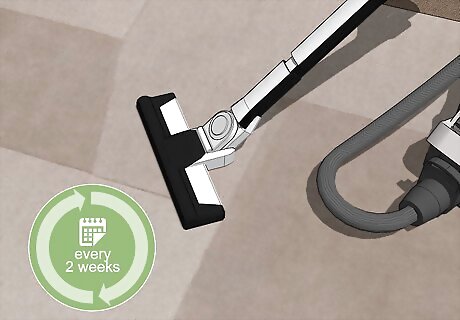
Clean carpet beetle-prone areas frequently. Vacuuming carpeting and washing your clothes and other fabrics frequently, at least once every 2 or so weeks, is the best way to prevent a carpet beetle infestation. Treat spills and stains immediately as well; food and sweat stains on fabrics can attract carpet beetles. Make sure to keep hair, lint and dust bunnies to a minimum, as carpet beetles like to feed on these.
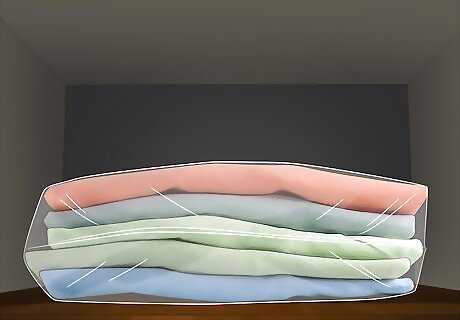
Seal unused fabric and clothes in plastic containers. Store off-season clothes, fabrics, and starches in sealed plastic bags or containers. Air them out in the sun and brush them at least once a year to check for an infestation. For extra protection, layer your stored fabrics with resin strips filled with insecticide. You can also use moth balls, flakes, or crystals. If you do find an infestation, wash or dry clean the items before storing them again.
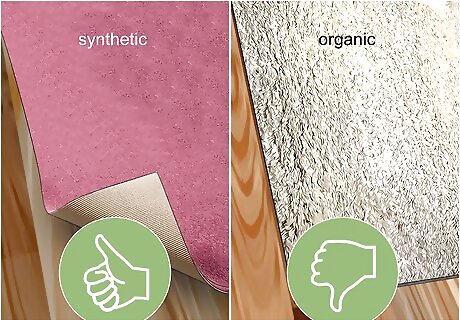
Choose synthetic materials over organic ones. Carpet beetles will only eat organic products, so choosing synthetic materials will lessen your chances of getting an infestation. This is especially helpful for carpets, rugs, and furniture. Synthetic materials typically used for rugs and carpeting include nylon, polyester, triexta, and olefin. For furniture, synthetic options include acrylic, acetate, nylon, and polyester.














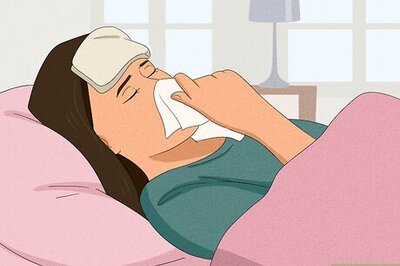


Comments
0 comment